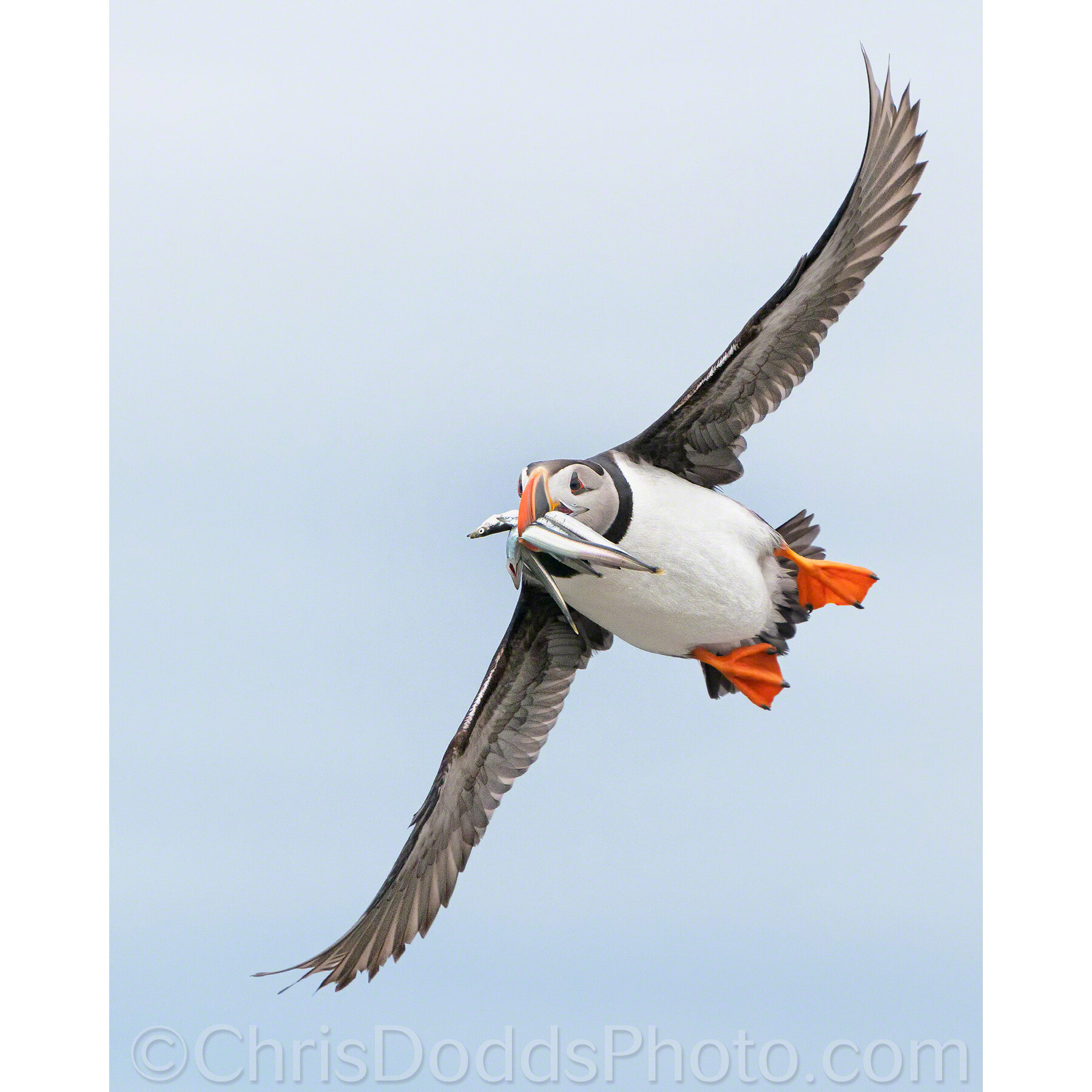Bokeh, that dreamy blur, that soft kiss of out-of-focus foreground and background. It is not just about aesthetics; it is a powerful tool.
Take this willet I photographed during my recent Florida Workshop. If I lowered the camera far enough, I created a soft & dreamy out-of-focus foreground. Some might see that as an obstacle or something to avoid. But for me, it became an advantage. That smooth, blurred foreground acted like a natural frame, drawing your eye inexorably to the sharp detail of the bird itself. It created a sense of depth, almost like the willet was emerging from a gentle mist or sandstorm.
And that is the magic. When you intentionally let the foreground and background melt away into a creamy bokeh, you are not just making a pretty picture; you are isolating your subject, stripping away distractions, and allowing its form, posture, and essence to take center stage. That soft blur can whisper of the environment without shouting, providing context without clutter.
It is about guiding the viewer's gaze, telling a story with selective focus. It transforms a simple snapshot into something more evocative that resonates with the quiet beauty of the natural world. So the next time you're out there, don't shy away from that out-of-focus element. Embrace it. It is the secret ingredient to elevating your bird photography.
Willet Portrait (Tringa semipalmata, Chevalier semipalmé, Playero aliblanco, WILL). From my recent Ospreys Galore Workshop Lake Blue Cypress on April 9, 2025 at Sebastien, Florida, USA. Image Copyright ©Christopher Dodds. Sony a9 III Mirrorless camera & Sony FE 400-800mm f/6.3-8 G OSS Lens with Sony 1.4X Teleconverter @71,120mm ISO 10,000, f/11 @ 1/2,500s. Manual exposure.










